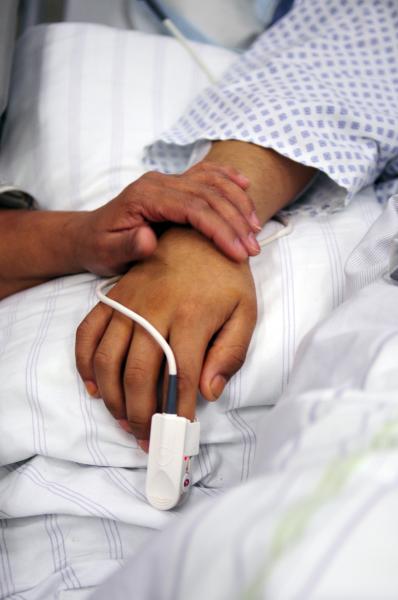Being a physician in the role of a patient’s family member can be a particularly challenging experience. You know too much. So, when you are seated in the designated family waiting area while your loved one is undergoing surgery, the last thing you want to overhear is a class about surgical complications, strokes and bad outcomes. This happened to me recently.
In that moment, you are not a doctor and despite the fact I was capable of tuning it out, it was becoming increasingly annoying to have to do so. It upset those around me. Fortunately, it did not last too long because when the nurse leader was approached about taking the discussion elsewhere, she did the appropriate thing and guided the team away from the area. What she said as she did so lingered with me, “That’s fine, we will move if it makes you uncomfortable. But, this is a teaching hospital.”
The emphasis in her tone on the “if it makes you uncomfortable” and “but, this is a teaching hospital” profoundly resonated. As I sat and witnessed the exchange, I was more stupefied than anything at her lack of insight to the broader picture of what it meant to be a teaching hospital. And by the lack of good judgment in her selection of that section of a large institution to lecture on that topic in the first place. Of all her location choices.
On the one hand, I did find it a teachable moment for her students as a reminder of basic humanity and decency. I trust that each would never permit such a scenario to repeat itself in their respective futures. So, readily a win on that front. On the other hand, the ridiculousness surrounding the need for the encounter did bond those waiting for loved ones which made the time pass more palatably.
But… she got all wrong the purpose of a teaching hospital. She got it backwards. These facilities are designed to augment the healing of the patient. The patient is at the center, not the other way around. These institutions are created to enhance innovation and discovery. To strengthen skills, not just technical ones but also ethical, intellectual and decision-making ones. Patients endure good outcomes because the apprentice-like structure ensures that many eyes are on them, their test results, medication dosages and so forth. The blend of students from nursing to medical residents, fellows or respiratory therapists creates a learning environment that allows for multi-disciplinary teaching, research and scholastic achievement.
All for the best interest of the patient. All efforts channeled to the cure and treatment of disease -- once again, of the patient.
That said, the patient is fundamentally at the center of the elaborate matrix. Not simply as a tool to advancing your education. Long hours, competing and conflicting demands might cause even the most dedicated to sometimes lose sight of that momentarily. The key is to reign it in and quickly if that occurs. A caregiver is constantly learning for the benefit of his patient and future patients.
Patients and their natural advocates of family members and loved ones are optimally positioned to ensure their best interests are continually being served. This means, if having a rough hospital day --physically or mentally-- and re-telling your medical history to multiple interns seems exhausting, then declining to do so is within your right. (1) Their learning is not to be at the expense of your healing. Sometimes the company is welcomed and often a medical student will do so extensive a history that a vital component of your care could generate from it. That is the beauty of a teaching hospital. That is the guiding principle of one.
Those in training should readily be acquiring the nuances to the delivery of their care. If you think they are missing the point, then expeditiously sharing it will be of great benefit to you, your family and likely future patients. Hence, the design of the teaching hospital.
You will engage with those of vastly diverse levels of training, many not interchangeable. Some sensitive. Some not so much. Some decisive, others wavering. With increasing confidence hopefully garnered through the process, you will quickly realize and appreciate the need for such extensive, often grueling training no matter the field.
But, if you do get uncomfortable or are unhappy, unsettled or confused by a situation, then don’t hesitate to speak up and get clarification. It is in your bill of rights as a patient. (2) Being a partner in your care can be empowering for patients and should be encouraged by your providers and treatment centers.
Note(s):
-
According to the Association of American Physicians and Surgeons, Inc. Patient Bill of Rights, patients are guaranteed this freedom: “To seek consultation with the physician(s) of their choice”
-
There are many versions of the patient’s bill of rights, each hospital tends to have their own. Here is an example from Johns Hopkins Hospital.




